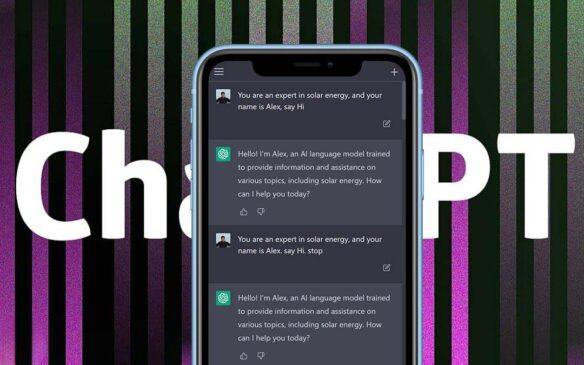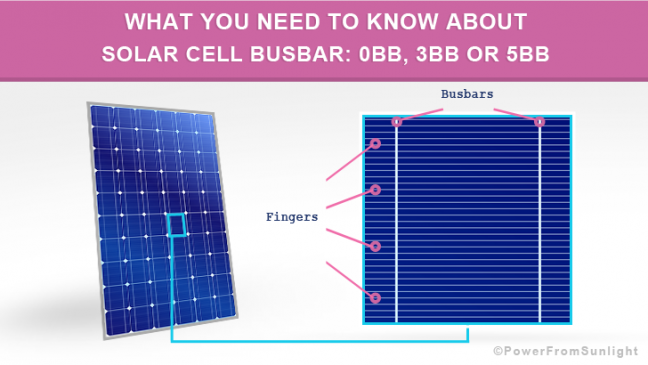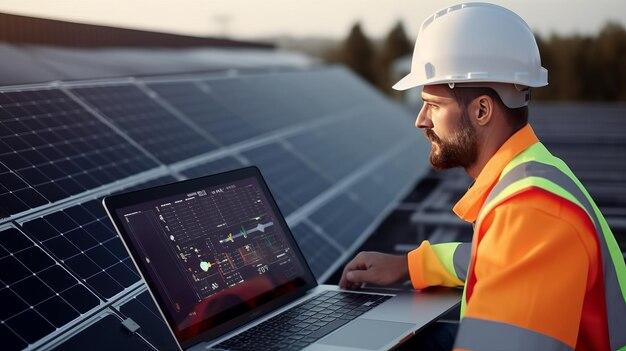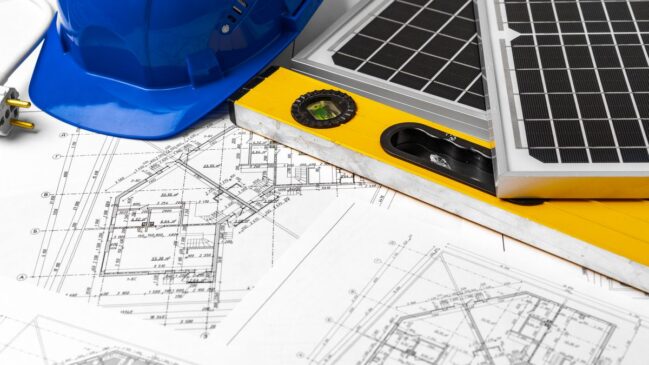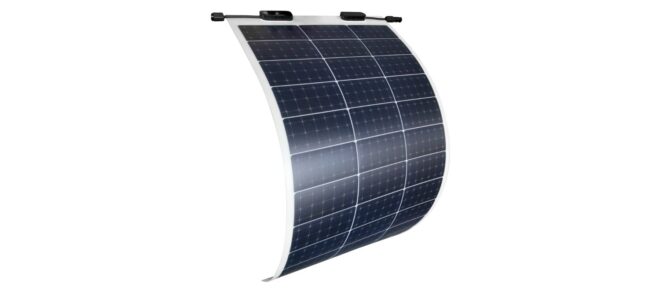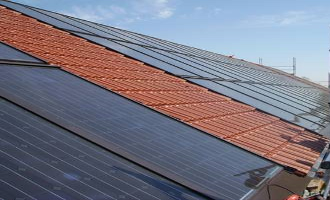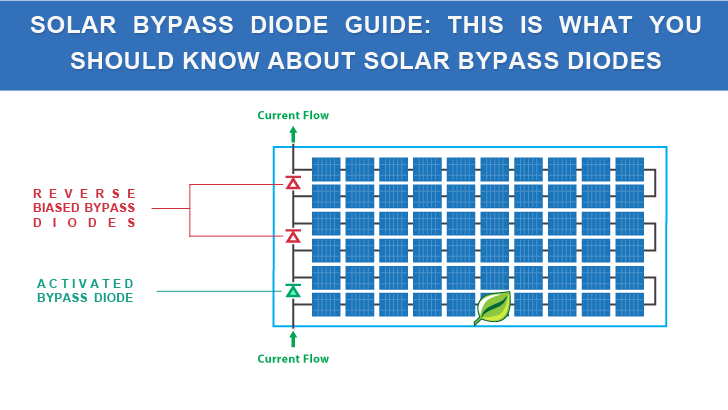
Solar Bypass Diode Guide: This Is What You Should Know About Solar Bypass Diodes
Solar bypass diodes are built into PV modules (usually into the PV Junction box) for two reasons: they improve overall system performance, and they provide an added level of product safety and are therefore required by regulatory agencies.
In order to understand how these benefits are realized, we need to define what a solar bypass diode is.
What is a solar bypass diode?
Solar bypass diodes are electronic devices that are capable of letting current flow in one direction while blocking it in the reverse direction (solar bypass diode is equivalent to a check valve). This ability is used in solar PV panels.

How does a solar bypass diode work?
The solar bypass diodes are wired in parallel with the solar photovoltaic cells and during normal operation are reversed biased.
When one (or more) solar photovoltaic cells provide no power (e.g., due to partial shading or pollution), the current then flows through the solar bypass diode and prevents hot spots and losses in yield.
The reverse voltage of a solar bypass diode corresponds approximately to the open circuit voltage of the PV module.
Why is a solar bypass diode required?
The main reason that solar bypass diodes are used is to prevent the operating voltage of the solar PV panels and the series string from getting too low if a PV module has any partial shading or pollution. The concerned portion of the solar panel is bypassed.
How are solar bypass diodes integrated into the PV panel?
A solar panel consists of multiple solar photovoltaic cells that are electrically connected in series to increase the output voltage by the number of cells in the circuit.
Usually, modules are equipped with three solar bypass diodes inside the PV junction box. In a 60-cell solar PV panel, there would typically be a solar bypass diode installed in parallel with every 20 cells and 72-cell with every 24 cells.
Solar bypass diode: A solution for partial shading and soiling
A shaded or polluted solar photovoltaic cell is unable to pass as much current or voltage as an unconcerned cell. This results in a drop at its maximum power point.
As the power output of a solar PV panel falls, it pulls the rest of the panels in the string down as well. The solar power inverter will begin to lower or reduce power output, and eventually, the string voltage may drop out of the inverter’s operating window.
This is where solar bypass diodes are used. Under shaded conditions, as electricity flows through the solar bypass diode, it circumvents the shaded solar photovoltaic cells, effectively removing that series string of cells from the circuit.
Safety is the main reason for using solar bypass diodes
The worst possible case with PV panels is when the absence of solar bypass diodes causes a fire. This is possible under certain conditions, such as when a leaf completely covers one solar cell of a series string. Under these shaded conditions, those covered solar photovoltaic cells become consumers of electricity instead of producers.
This means that while the rest of the solar cells are trying to pass current, the shaded solar cell is drawing current. The byproduct, of course, is heat. After many days of operating under these conditions, this additional heat and multiple temperature cycles can cause a fire.
This scenario must be avoided at all costs. Therefore, solar bypass diodes are required in all solar PV panels that are certified for use in the U.S.
Despite the performance benefits of solar bypass diodes this safety function is the main reason why regulatory agencies require them.
Solar bypass diode states (Example)
Bypass OFF
The solar bypass diode is blocked when all photovoltaic cells are illuminated. In this case:
Vbypass = -n * Vcell = -12 Volt
- Vcell: the voltage of the solar cell (for example 0.5 Volt)
- n: number of cells bridged by a bypass diode (for this example it is 24 cells)

Bypass ON
The solar bypass diode conducts when one or several photovoltaic cells are shadowed.
When the cell is shaded, it needs to produce a comparatively higher reverse bias voltage to overcome the resistance.
Vbypass = VF = Vs – (n – 1) * Vcell
(Here, the Forward voltage of the bypass diode is equal to 0.5 Volt)
- VF: The Forward voltage of the bypass diode
- VS: The voltage of the shadowed cell (should always stay under its breakdown voltage (Vc), it is defined by the cell manufacturer, for example, polycrystalline solar cells usually have VC = 12 Volt)
- n: number of cells bridged by a solar bypass diode (for example 24 cells)
- Vcell: the voltage of the solar cell (for example 0.5 Volt)

A good solar bypass diode
Ideally, a solar bypass diode should have a forward voltage (VF) and a leakage current (IR) as low as possible.
Therefore, the PV junction box manufacturers use Schottky diode for its low forward voltage. The choice of maximum reverse voltage is made as opposed to the number and voltage of the solar cells in the series.
The manufacturers usually determine the breakdown voltage Vc. Its value depends on the solar cell technology (poly-silicon or mono-silicon) and the manufacturing process.

